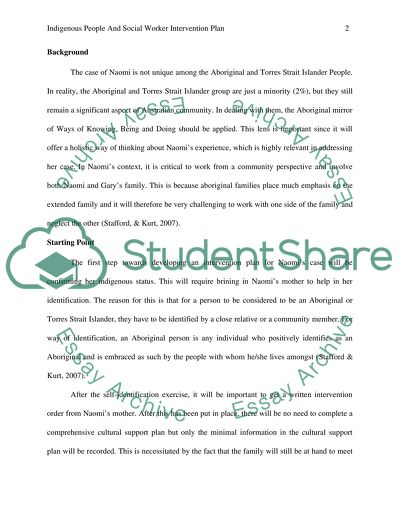Cite this document
(“Indigenous People and Social Worker Case study”, n.d.)
Retrieved from https://studentshare.org/sociology/1646574-indigenous-people-and-social-worker-case-study
Retrieved from https://studentshare.org/sociology/1646574-indigenous-people-and-social-worker-case-study
(Indigenous People and Social Worker Case Study)
https://studentshare.org/sociology/1646574-indigenous-people-and-social-worker-case-study.
https://studentshare.org/sociology/1646574-indigenous-people-and-social-worker-case-study.
“Indigenous People and Social Worker Case Study”, n.d. https://studentshare.org/sociology/1646574-indigenous-people-and-social-worker-case-study.


